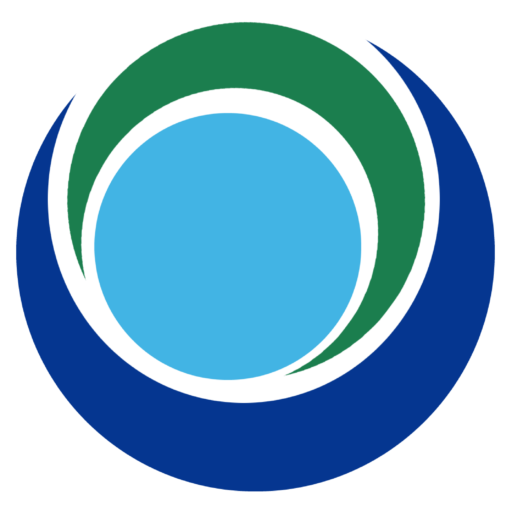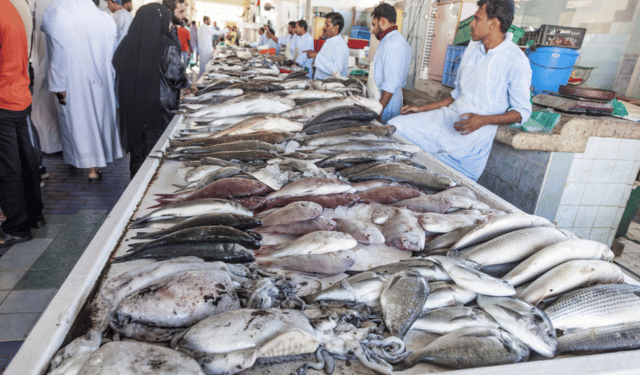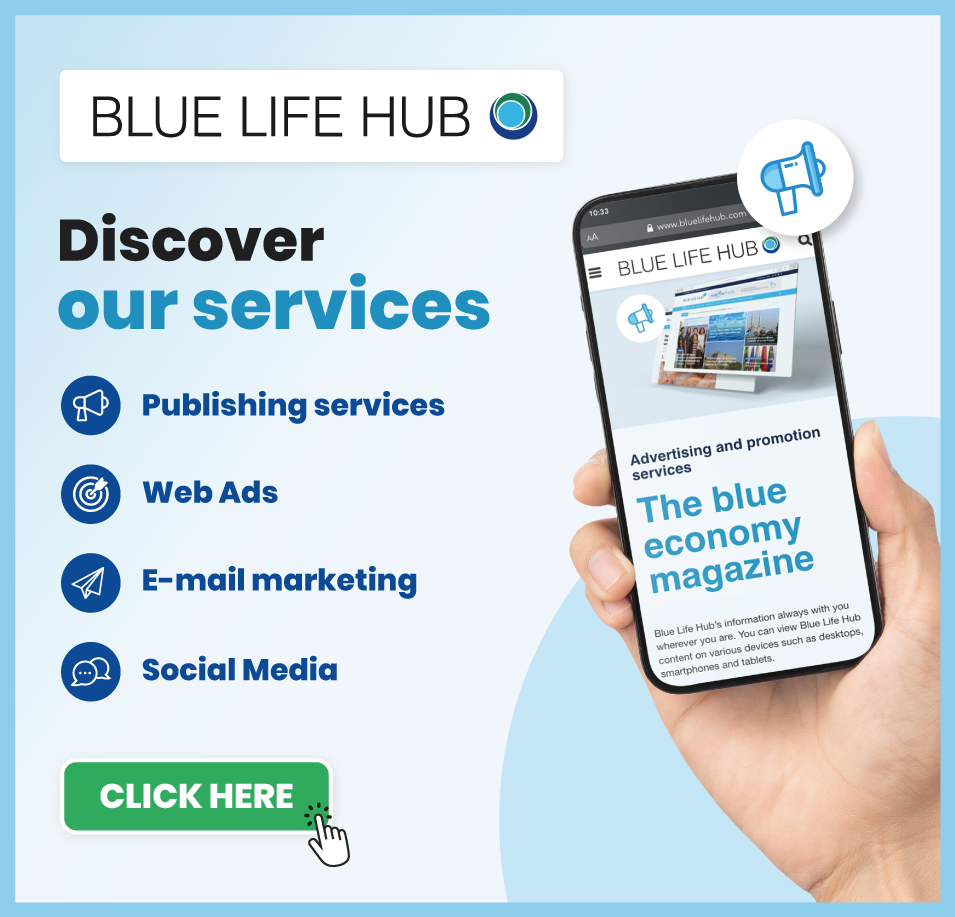Consumer preferences drive aquaculture in the UAE – In the UAE, demand for fish is growing steadily, driven by an ethnically diverse population and a strong tourism sector. Local consumers show a marked preference for traditional species such as hamour (Epinephelus coioides) and kanaad (Scomberomorus commerson), prized for their freshness and perceived quality. However, sensory tests showed a surprising appreciation for barramundi (Lates calcarifer), a lesser known species but particularly liked for flavour, texture and overall liking.
A recent study, published in Sience Direct, highlights how dependence on wild stocks and imports is a critical challenge. Currently, 72% of the fish consumed in the Emirates is imported, while local wild fish stocks, such as the Hamour and Kanaad, are in decline due to overfishing and habitat degradation. In this context, aquaculture emerges as a strategic solution to reduce environmental impact and ensure a steady supply.
Recirculating aquaculture systems (RAS) are playing a key role in overcoming difficult local climatic conditions. Although expensive, these systems offer total control over production, allowing species such as Hamour and Barramundi to be farmed to high quality standards. However, economic challenges such as high costs and long-term sustainability remain relevant.
Consumer preferences directly influence production choices. Most prefer fresh whole fish, considered a better indicator of quality and freshness, than fillets or frozen products. Price and perceived value for money also play a crucial role, with an increasing openness towards high-quality local products.
The Emirates aims to increase local production tenfold by integrating innovative technologies and a sustainable approach. The introduction of combined systems, such as RAS and sea cages, is a promising avenue, especially for species such as Barramundi and Cobia, which are adapted to harsh climatic conditions. Moreover, the expansion of aquaculture could open up new market opportunities for exports, positioning ‘Made in UAE’ as a brand of excellence.
The fisheries sector in the UAE is at a strategic crossroads. Technological innovation, sustainability and adaptation to consumer preferences will be key to ensuring the success of an industry that aims to meet domestic demand, reduce imports and compete in global markets.
Consumer preferences drive aquaculture in the UAE








